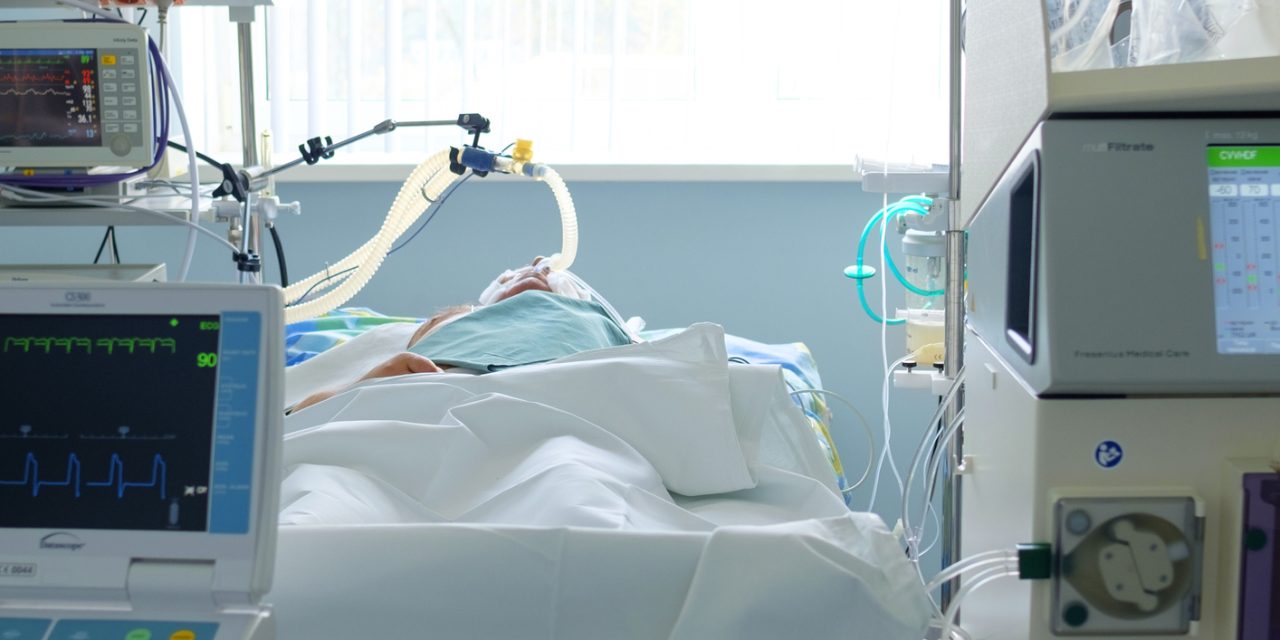To demonstrate the application of Second-Order Growth Mixture Modeling using life satisfaction among adolescents and young adults with TBI up to 15 years post-injury.
SO-GMM, a data-driven modeling approach that accounts for measurement errors, was adopted to uncover distinct growth trajectories of life satisfaction over 15 years post-injury. Membership in growth trajectories was then linked with baseline characteristics to understand the contributing factors to distinct growth over time.
Traumatic Brain Injury Model System National Database PARTICIPANTS: 3,756 AYAs with TBI aged 16 – 25 (M=20.49, SD=2.66; 27.24% female) INTERVENTIONS: Not Applicable MAIN OUTCOME MEASURES: Satisfaction with Life Scale RESULTS: Four quadratic growth trajectories were identified: low-stable (16.6%) that had low initial life satisfaction and remained low over time; high-stable (49.3%) that had high life satisfaction at the baseline and stayed high over time; high-decreasing (15.8%) that started with high life satisfaction but decreased over time; and low-increasing (18.2%) that started with low life satisfaction but increased over time. Sex, race, pre-injury employment status, age, and FIM cognition were associated with group assignment.
This study applied SO-GMM to a national TBI database and identified four longitudinal trajectories of life satisfaction among AYAs with TBI. Findings provided data-driven evidence for development of future interventions that are tailored at both temporal and personalized levels for improved health outcomes among AYAs with TBI.
Copyright © 2022. Published by Elsevier Inc.
Application of Second-Order Growth Mixture Modeling (SO-GMM) to Longitudinal TBI Outcome Research: 15-year Trajectories of Life Satisfaction in Adolescents and Young Adults (AYA) as an Example.


